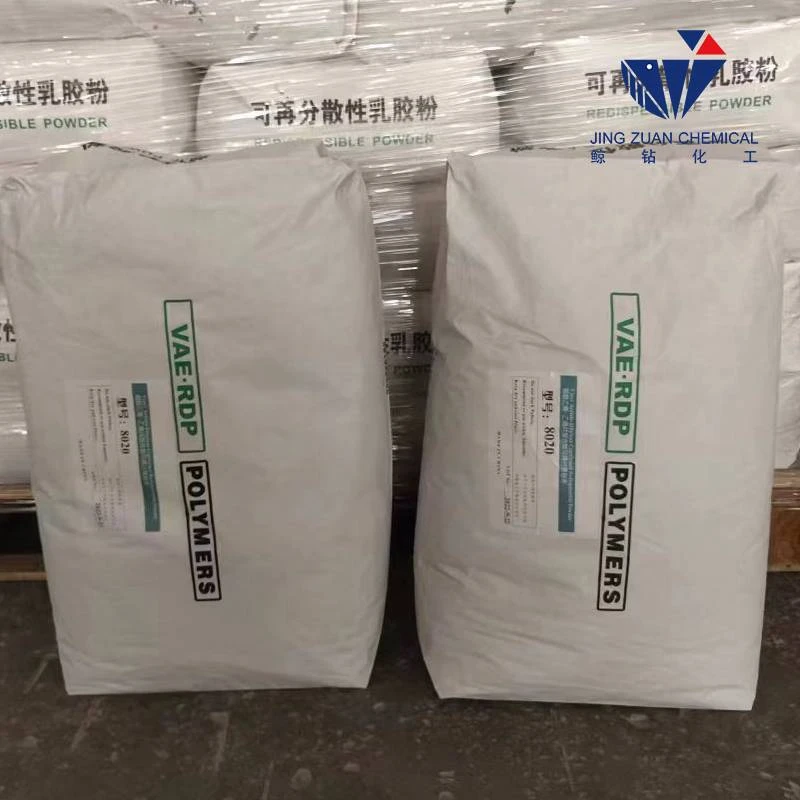
Oct . 06, 2024 13:09 Back to list
tile adhesive hpmc
The Role of HPMC in Tile Adhesives
When it comes to tiling projects, whether residential or commercial, ensuring that tiles adhere properly to surfaces is paramount. This is where tile adhesives play a crucial role, and among the various materials used in these adhesives, Hydroxypropyl Methylcellulose (HPMC) stands out due to its unique properties and versatility.
What is HPMC?
Hydroxypropyl Methylcellulose is a white, odorless powder that is derived from cellulose, a natural polymer found in plant cell walls. Through a chemical modification process, HPMC is created, which enhances its solubility in cold water and provides a range of properties that are beneficial in construction applications, particularly in tile adhesives.
Key Properties of HPMC
One of the defining characteristics of HPMC is its thickening and water-retaining abilities. When mixed with water, HPMC forms a gel-like consistency that enhances the workability of tile adhesives. This means that more adhesive can be applied without the risk of it becoming too runny or losing its viscosity, which can lead to tile slippage or inadequate bonding.
Additionally, HPMC has a high capacity for water retention, which is essential for maintaining moisture in the adhesive during the curing process. This property ensures that the adhesive remains workable for a longer period, allowing for better adjustment and positioning of tiles. As the adhesive cures, the retained moisture enables the formation of a strong bond between the tiles and the substrate, resulting in a more durable installation.
Benefits of Using HPMC in Tile Adhesives
tile adhesive hpmc

1. Improved Workability HPMC enhances the application process of tile adhesives, making them easier to spread and manipulate. This is particularly advantageous in large-scale tiling projects or in conditions where precise tile placement is required.
2. Enhanced Adhesion The superior bonding characteristics provided by HPMC lead to stronger adhesion between tiles and surfaces. This reduces the likelihood of tiles lifting or cracking over time, which is a common issue in poorly adhered installations.
3. Prevention of Slippage Due to the thickening properties of HPMC, it minimizes the risk of tiles slipping off vertical surfaces during installation. This allows tilers to work more efficiently, as they can apply more adhesive without fear of tiles moving out of position.
4. Extended Open Time HPMC contributes to a longer open time for tile adhesives, meaning that contractors can work at their own pace without worrying about the adhesive setting too quickly. This is particularly beneficial in environments with fluctuating temperatures and humidity levels, which can impact drying times.
5. Compatibility with Various Materials HPMC is compatible with a wide range of materials, including ceramics, porcelain, glass, and stone. This versatility makes it a preferred choice for manufacturers of tile adhesives who wish to create products that can be used in diverse applications.
Conclusion
In summary, HPMC plays a vital role in the formulation of tile adhesives, contributing to their effectiveness and reliability. Its ability to enhance workability, improve adhesion, and reduce slippage makes it an indispensable additive for both DIY enthusiasts and professional tilers. As the construction industry continues to evolve, the demand for high-quality, reliable materials will only increase, and HPMC will remain at the forefront of this group due to its exceptional performance and versatility.
Adopting tile adhesives formulated with HPMC not only ensures a successful installation but also provides long-lasting results that can withstand the test of time and use. Hence, for anyone undertaking a tiling project, considering products that incorporate HPMC can lead to superior outcomes and greater satisfaction with the finished work.
-
Versatile Hpmc Uses in Different Industries
NewsJun.19,2025
-
Redispersible Powder's Role in Enhancing Durability of Construction Products
NewsJun.19,2025
-
Hydroxyethyl Cellulose Applications Driving Green Industrial Processes
NewsJun.19,2025
-
Exploring Different Redispersible Polymer Powder
NewsJun.19,2025
-
Choosing the Right Mortar Bonding Agent
NewsJun.19,2025
-
Applications and Significance of China Hpmc in Modern Industries
NewsJun.19,2025







